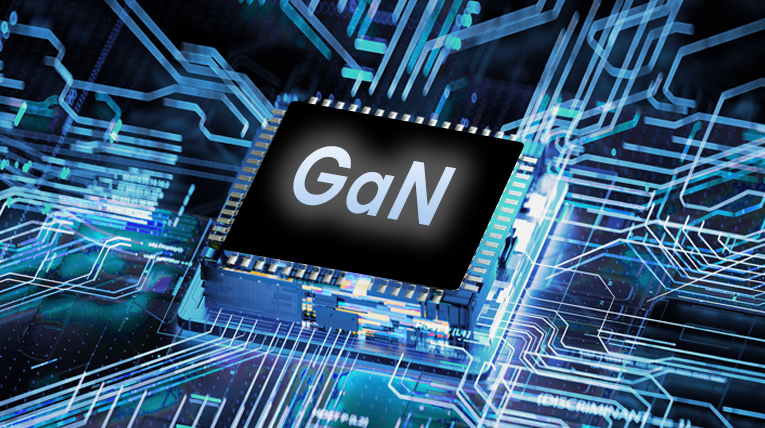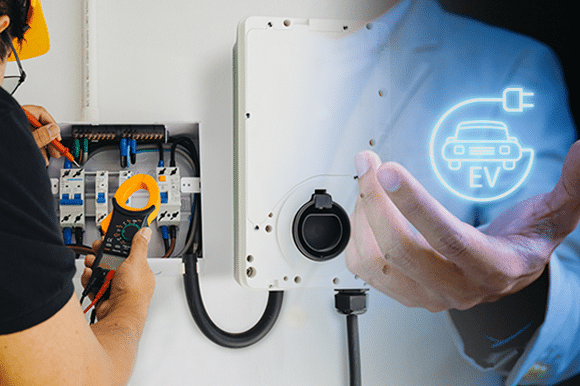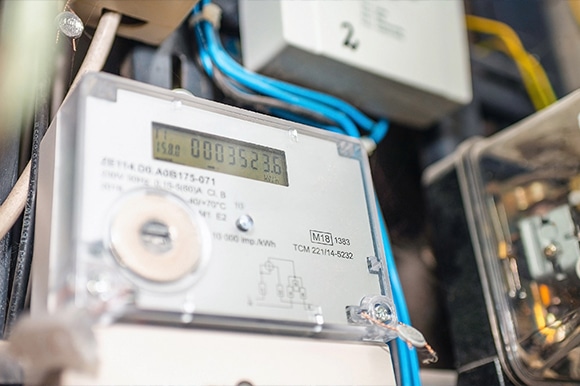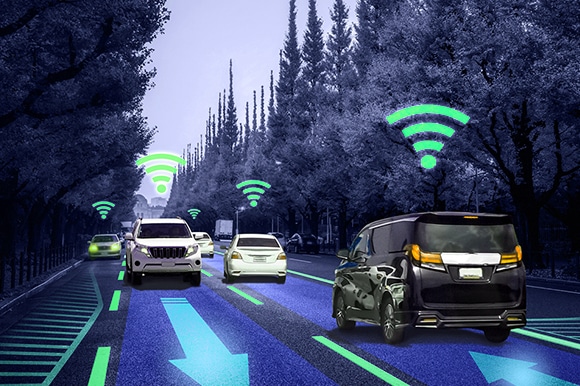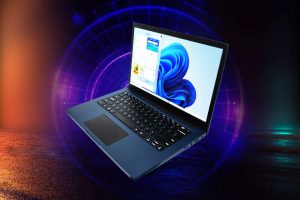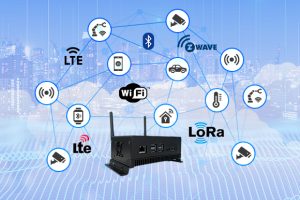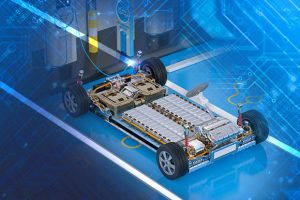In the fast-paced world of technological innovation, Gallium Nitride (GaN) based charging technology is one of the latest advancements making waves in the charging landscape. As we strive for faster, more efficient charging solutions, GaN based chargers emerge as a beacon of progress, promising to reshape how we power our devices. In this blog, we’ll explore what GaN chargers are, how they work, how they differ from traditional chargers, and VVDN’s expertise in developing and manufacturing solutions leveraging GaN charging technology.
Table of Contents
What is a GaN based Charger?
GaN, or Gallium Nitride, is a semiconductor material that has found its way into the world of charging technology. GaN based chargers utilize advanced material to create smaller, more efficient chargers compared to traditional silicon-based alternatives. The result is a small and compact device that packs a powerful punch in the world of charging. Moreover, GaN chargers boast faster charging speeds and reduced heat generation, addressing common issues faced by traditional silicon-based chargers. This cutting-edge technology not only enhances charging efficiency but also contributes to a more sustainable future through its energy-efficient design and reduced electronic waste. GaN’s ability to revolutionize charging technology marks a significant step forward in the pursuit of faster, smaller, and environmentally conscious electronic devices.
Importance of GaN based Charger?
GaN based chargers are crucial in the pursuit of faster and more efficient charging solutions. Their ability to handle higher frequencies and voltages translates into quicker charging times. With the increasing power demands of our devices, GaN chargers offer a compelling solution to meet the demand for faster and more convenient charging. Furthermore, GaN chargers contribute to a reduced carbon footprint due to their enhanced efficiency, resulting in less energy waste during the charging process. Their compact size and lightweight design also make them travel-friendly, catering to the on-the-go lifestyle of modern consumers. The integration of GaN technology not only accelerates charging but aligns with the growing need for sustainable and portable power solutions in our increasingly connected world.
How GaN based Charger Differs from Traditional Chargers
GaN (Gallium Nitride) chargers are different from traditional chargers in many key aspects:
- Compact Size: GaN chargers are notably smaller and more compact than traditional chargers. The use of Gallium Nitride allows for a higher power density, enabling the creation of smaller and sleeker charger designs.
- Higher Efficiency: GaN chargers exhibit superior thermal properties compared to silicon-based chargers. This enhanced efficiency means less energy is lost as heat during the charging process, contributing to a more energy-efficient solution.
- Faster Charging Speeds: GaN chargers are capable of handling higher voltages and frequencies, resulting in faster charging speeds. This is particularly beneficial for users who require quick and efficient charging for their devices.
- Reduced Heat Dissipation: Due to their efficient thermal conductivity, GaN chargers experience less heat dissipation during operation. This not only contributes to energy efficiency but also helps in maintaining a cooler charging environment.
- Enhanced Portability: The compact size and reduced weight of GaN chargers make them highly portable. Users can easily carry them in their bags or pockets, making them ideal for travel and on-the-go charging needs.
- Optimized Design: GaN chargers allow for optimized circuit designs, which can result in improved power delivery. This optimization contributes to the overall efficiency and performance of the charging process.
- Adaptability to Higher Power Levels: GaN chargers can handle higher power levels without compromising efficiency. This adaptability is crucial for supporting the charging requirements of modern devices that demand more power.
- Reduced Environmental Impact: The efficiency and energy savings associated with GaN chargers contribute to a reduced environmental impact. As more users adopt energy-efficient charging solutions, it can collectively lead to a positive environmental effect.
Drawbacks of the GaN based Charger
Despite the efficiency and compact design of GaN chargers, they may face compatibility issues with certain older devices, including:
- Cost: GaN chargers can be more expensive than traditional chargers. The advanced materials and technology used in GaN chargers may contribute to a higher manufacturing cost, which could be reflected in the retail price.
- Market Availability: GaN chargers might not be as widely available as traditional chargers in some regions. The market for GaN chargers may still be evolving, leading to limited options compared to more established charging solutions.
- Compatibility Issues: While GaN chargers are generally versatile, there might be compatibility issues with certain devices or accessories. Users should ensure that their devices are compatible with GaN chargers before purchasing.
- Sensitivity to Overvoltage: GaN chargers can be sensitive to overvoltage conditions. Users need to be cautious about using chargers that exceed the recommended voltage levels, as this could potentially impact the charger’s performance or lead to damage. Although GaN Technology is rapidly improving and devices with higher voltage ratings are being rolled out by several manufacturers, Thus it will shortly might not be a concern anymore.
- Limited Consumer Awareness: Due to the relatively recent introduction of GaN chargers, there might be limited awareness among consumers about their benefits and features. This could impact their adoption rate compared to more established charging solutions.
Despite a few drawbacks, GaN chargers are certainly superior to traditional charging technology based on the features and advantages they provide, positioning them as the future of charging technology.
Why VVDN for GaN based Charging Solutions?
VVDN, being a global provider of software, product engineering, electronics manufacturing solutions, and services, stands at the forefront of GaN charging technology, bringing innovation and reliability to the charging landscape. Our power electronics team deeply understands GaN charging technology, how it works, and is today working with global OEMs in developing next-gen GaN based chargers.
If you are also looking to develop GaN based charging solutions, feel free to reach out to us at info@vvdntech.com.




















